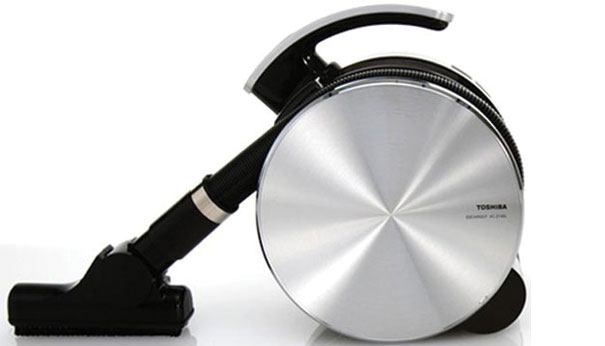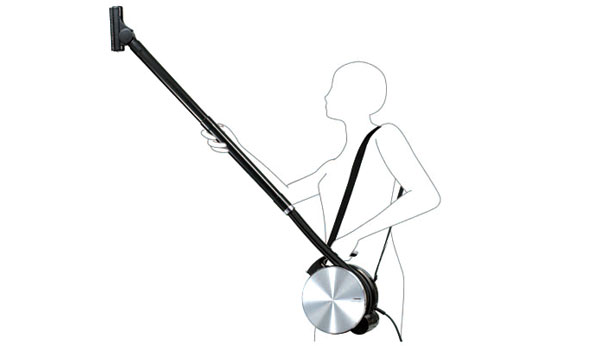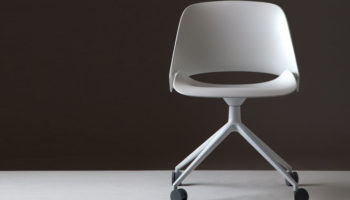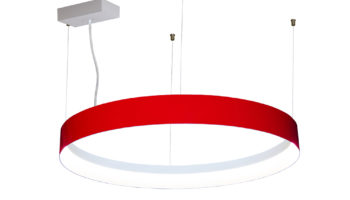Toshiba’s Escargot Vacuum
Since Toshiba has chosen to name their new pint-sized vacuum cleaner after a French delicacy gleaned from none other than the versatile gastropod of genus Helix, family Helicidae, a brief look at the biology of the humble snail is in order: “a snail’s body consists of a foot (sole), a head, and a coiled visceral mass that is located in the protective outer shell, which is secreted by a thick fold of skin called the mantle. Connected to the body through a strong muscle which is attached to the columella, the shell branches up to the head and tentacles. Movement takes place by means of expanding and contracting muscles in the foot.”
Escargot Vacuum. Designed by Toshiba.
Given the comprehensive resemblance to Toshiba’s Escargot Vacuum, it’s a wonder they didn’t choose to name the appliance after the live version, rather than the deceased yet deliciously garlicky tidbit whose locomoter functions are long past functioning. I guess I can’t blame Toshiba for going whimsical with the name, especially because “Snail,” with its connotations of laborious slowness, might send the wrong message. And, in truth, the vacuum’s glossy black finish has more in common with the famed hors d’oeuvre than with the living creature. As for the vacuum’s functional aspects, however, they’re very snail-like indeed. Toshiba collaborated with Electrolux to create this ultra-light (2.1 kg), ultra-portable (comes with retractable shoulder strap), cyclone-style vacuum. Patterned after a snail’s shell, Escargot’s central circular drum houses the vacuum tube, in addition to facilitating the outer niche that accommodates attachments and accessories.


Other snail-like features include the top handle (patterned after the shell’s distinctive upper crest), the rear roller wheel (like a snail’s foot), and the extended hose and vacuum head (passing for a snail’s business end, as it inches along suctioning up nutrients). While the clever resemblance to the animal cannot be denied, the jury might still be out as to whether Escargot packs a sufficient functional punch. While its suction wattage pales in comparison to larger models (50 watts as compared to 300-400), its portability, stow-ability, and ease of operation just might be compensation enough, especially in its country of origin—space-starved Japan.
Via Designboom.




Leave a Reply